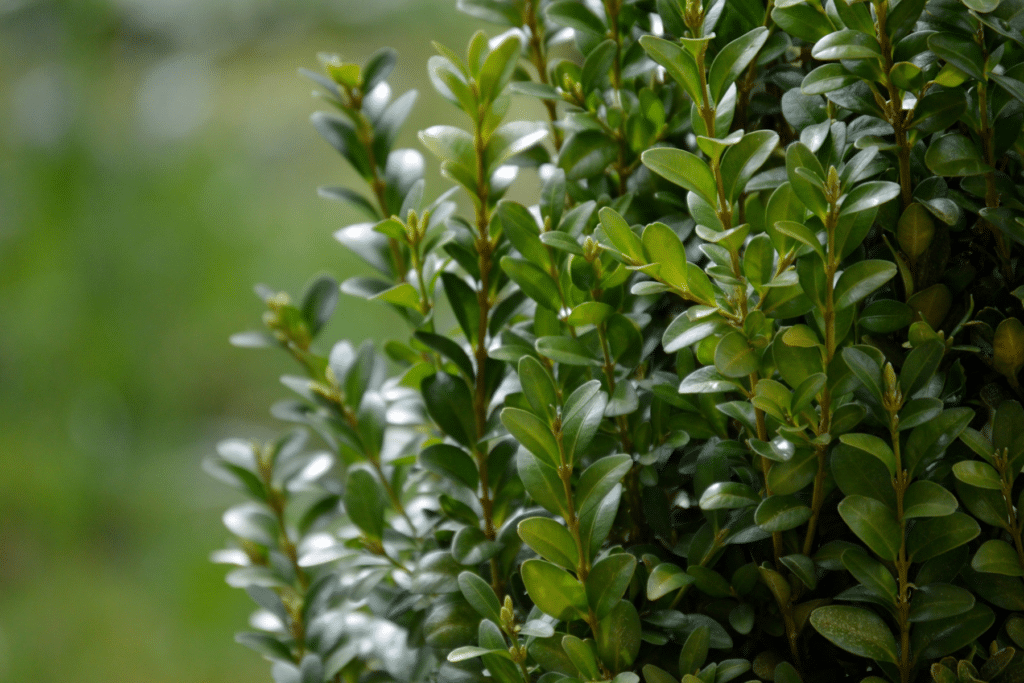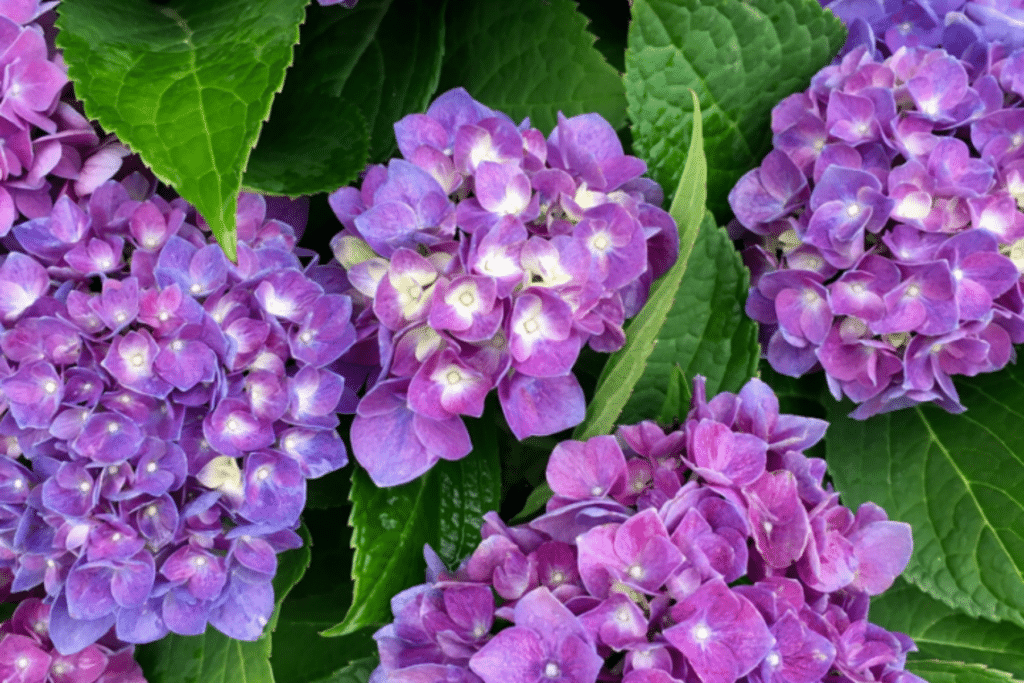Effective Boxwood Leafminer and Psyllid Treatments for Healthy Shrubs

Discover effective treatments for boxwood leafminer and psyllid infestations in this comprehensive guide. Learn how to identify these common pests, understand their life cycles, and implement both chemical and non-toxic control methods. Our expert tips will help you maintain healthy, vibrant boxwood shrubs in your garden or landscape.
The Ultimate Hydrangea Guide: Species, Pruning, and Color Changing Secrets Revealed

Explore the world of hydrangeas in our guide. Learn about species, pruning techniques, and color-changing secrets for stunning blooms. Perfect for both experienced and novice gardeners, our guide helps you create a beautiful hydrangea display.


